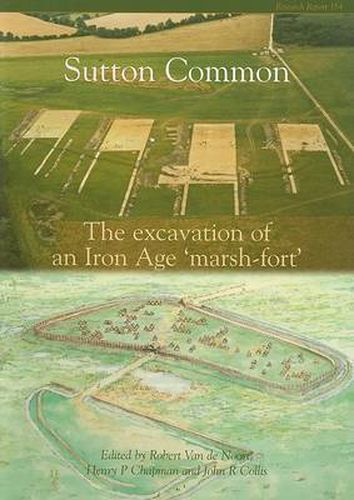Readings Newsletter
Become a Readings Member to make your shopping experience even easier.
Sign in or sign up for free!
You’re not far away from qualifying for FREE standard shipping within Australia
You’ve qualified for FREE standard shipping within Australia
The cart is loading…






Sutton Common in South Yorkshire is one of the best-known Iron Age multivallate sites in lowland Britain. This volume describes the results of the large-scale excavations undertaken there between 1998 and 2003, which have provided unparalleled insights into the function and meaning of this 4th-century BC ‘marsh-fort’. Sutton Common is described as a place where the social identity of the local community was reinforced through the construction of the physical representation of the idea of community, using a bank-and-ditch arrangement that resembles the defences used elsewhere, particularly at hillforts. No houses were found within the enclosure, but some 150 four-post structures were excavated, many containing deposits of charred grain in one or two of their postholes. This well-dated site makes significant contributions to the debates on prehistoric enclosure, cosmology, food storage, and mortuary practices in prehistoric Britain and Europe.
$9.00 standard shipping within Australia
FREE standard shipping within Australia for orders over $100.00
Express & International shipping calculated at checkout
Sutton Common in South Yorkshire is one of the best-known Iron Age multivallate sites in lowland Britain. This volume describes the results of the large-scale excavations undertaken there between 1998 and 2003, which have provided unparalleled insights into the function and meaning of this 4th-century BC ‘marsh-fort’. Sutton Common is described as a place where the social identity of the local community was reinforced through the construction of the physical representation of the idea of community, using a bank-and-ditch arrangement that resembles the defences used elsewhere, particularly at hillforts. No houses were found within the enclosure, but some 150 four-post structures were excavated, many containing deposits of charred grain in one or two of their postholes. This well-dated site makes significant contributions to the debates on prehistoric enclosure, cosmology, food storage, and mortuary practices in prehistoric Britain and Europe.